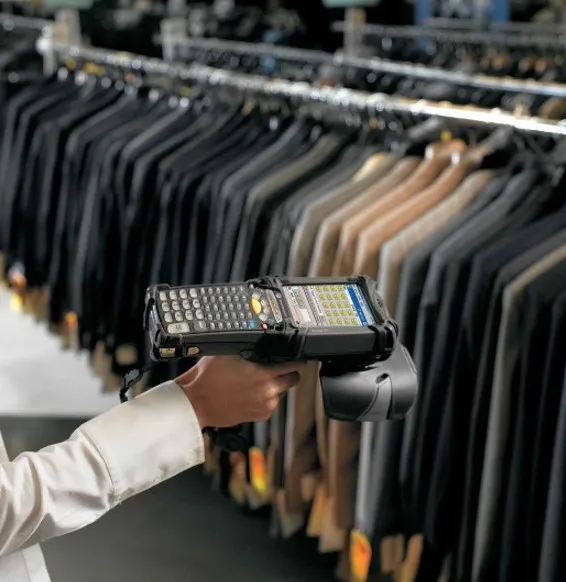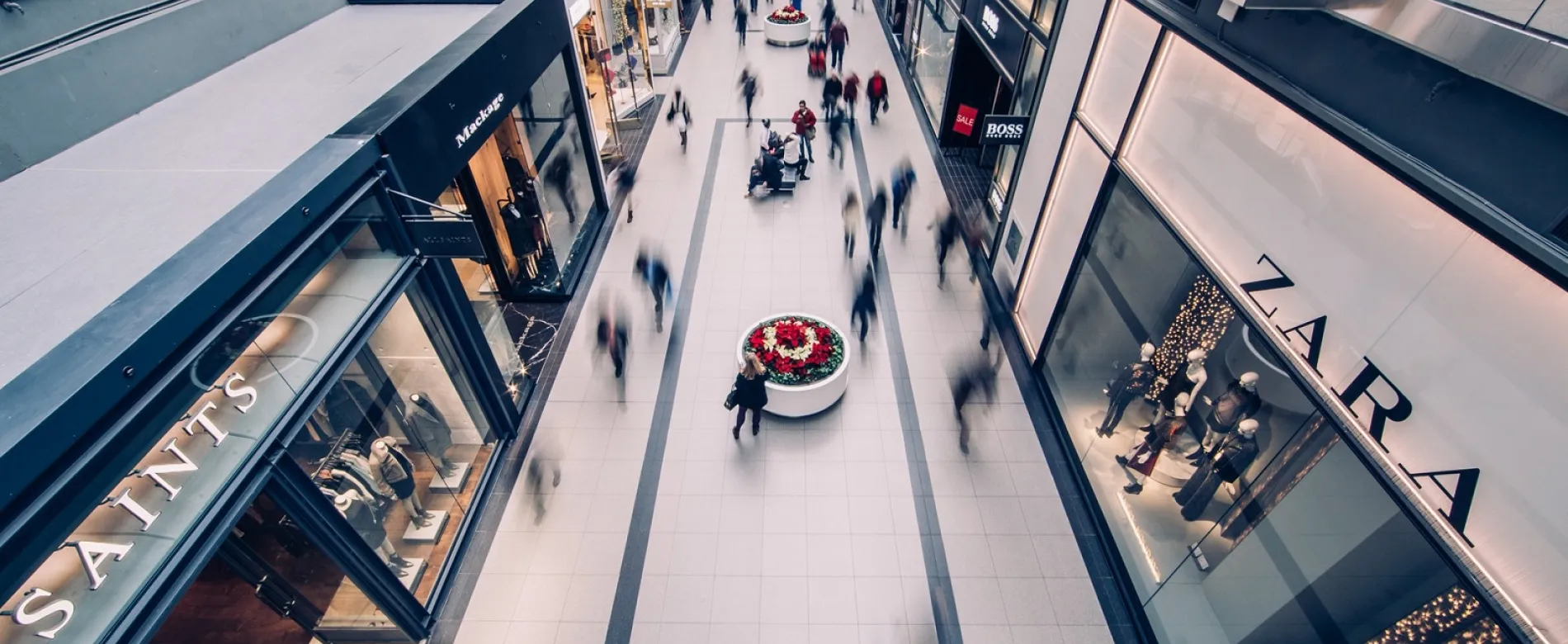
Retailers, RFID can boost your sales up by 5.5%
A recently published study titled “measuring the impact of RFID in retailing: Key lessons from 10 case-study companies” showed that RFID can boost sales by up to 5.5% and increase inventory accuracy by 20 to 30%.
The study, which was sponsored by ECR Shrinkage and OSA Group and GS1 UK, was carried out in the UK by Adrian Beck a professor of Leicester University. Thought to be the first of its kind, it is based on the experience of 10 well known retailers including Adidas, Decathlon, John Lewis, Tesco, River Island and M&S.
All 10 retailers have introduced RFID into their organisations. While the largest purchases more than 150 million RFID tags every year, the smaller brands purchase less than 1 million. They all, however, have one thing in common. They have all made a return on their investment, reporting an increase in sales and a decrease in stock holding.
Results that cannot be ignored
Surveyed retailers reported
- An average improvement of stock accuracy from between 65% and 75% to between 93% and 99%.
- A stock availability which rose to 90%
- A reduction in stock levels of between 2% and 13%
- One company reported a 15% reduction in shrinkage
- One company also reported a reduction in labour costs of 4%
For the 10 companies, the sales uplift could represent between €1.4bn and €5.2bn.
So why aren’t all retailers on this Earth using the technology?
RFID technology has been around for almost 20 years but, originally, it was expensive and there was no data proving the benefits of implementing it. Today, some companies may not yet be aware of recent advancements made in the field of RFID and might still struggle to understand how they can gain from it.
Other challenges for retailers include the integration of RFID in their current stock management systems and the implementation of KPIs to efficiently measure the return.
For the implementation to be successful, a cultural change is also required along with the active support of senior management and the appointment of a RFID project leader.
RFID is still in the adoption stage of its lifecycle today, although it is accelerating rapidly, particularly in the retail sector.
Richard Jenkins, Head of RFID and loss prevention at M&S comments: “(…) This exciting technology innovation for retailers is often misunderstood and shrouded in mystery. Hopefully, this new report will dispel some of the myths and provide valuable new insight to assist all of us that are on the RFID journey.”
What next?
The rise of multi-channel shopping along with increasingly demanding customers is forcing the industry to evolve and adopt new ways of working.
Retailers that have successfully used RFID to improve their stock management can already see the benefits of the technology in other areas such as brand protection, secure authentication, smart changing rooms… They can also access invaluable analytics enabling pro-active and intelligent merchandising. NFC, which is now open to both android and IOS, also brings endless opportunities to brands in terms of customer engagement and satisfaction.
Source:
Why More Retailers Haven't Invested in RFID, RFID Journal
Sales Are Up and Overstocking Is Down, Study Reports, Due to RFID Use in Stores, RFID Journal
RFID tags can deliver boost to sales: study, Internet Retailing

